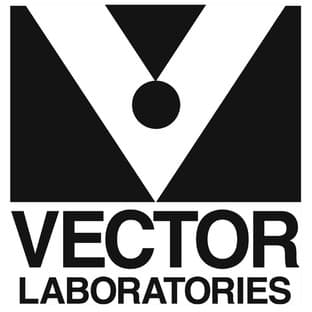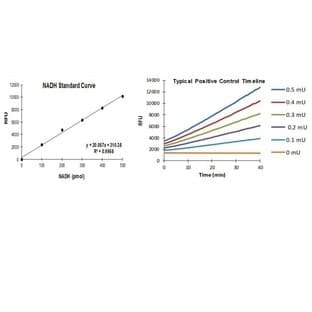
Supplier:
Alomone Labs Limited.Cat no: N-240-B
BUY mNGF 2.5S-Biotin
The neurotrophins ("neuro" means nerve and "trophe" means nutrient) are a family of soluble, basic protein growth factors which regulate neuronal development, maintenance, survival and death in the CNS and the PNS. NGF, the first member of the family to be discovered, was originally purified as a factor supporting and regulating survival, development, function and plasticity of sympathetic and sensory spinal neurons in central and peripheral nervous systems in vivoпїЅas well asпїЅin vitro.пїЅ
It is synthesized and secreted by sympathetic and sensory target organs and provides trophic support to neurons as they reach their final target. Neurotrophin secretion increases in the nervous system following injury. Schwann cells, fibroblasts, and activated mast cells normally synthesize NGF constitutively, however, direct trauma and induction of cytokines combine to increase neurotrophin production in these cells after injury.
NGF is purified in three forms: the 7S, 2.5S andпїЅbeta, in which the biologically active subunit is theпїЅbeta subunit. The structural hallmark of all the neurotrophins is the characteristic arrangement of the disulfide bridges known as the cysteine knot, which has been found in other growth factors such as Platelet-Derived Growth Factor.
First studies usingпїЅ125I-NGF have visualized the intracellular location of NGF. A biotinylated derivative of NGF that retains biological activity, in conjunction with the appropriate avidin conjugates and fluorescent or confocal microscopic techniques, improve the sensitivity and resolution in many applications.пїЅSome examples of applications are: targeting of liposomes containing biotinylated NGF to cells bearing TrkA NGF receptors; elucidating the kinetics and route of ligand-induced internalization of the p75 receptor through signaling endosomes in cycling and differentiated PC12 cells usingпїЅbiotinylated derivative of NGF; electrically controlled NGF-Biotin delivery from biotin-doped conductive polymer; studying the retrograde axonal transport mechanism of NGF signals from the axon terminal to the cell body.
Label:пїЅSulfo-NHS-LC-Biotin (~556 Da) was used for labeling mNGF 2.5S (99%). The extent of labeling is 3 molecules of biotin per one molecule of mNGF 2.5S (99%). The biotin is covalently conjugated to the N-terminus or to lysine residues present in the mNGF 2.5S (99%).
Neurotrophic Factors; Nerve Growth Factors пїЅ
Prices direct from Alomone Labs Limited.
Quick response times
Exclusive Absave savings/discounts
Latest promotions
Buy any polyclonal or monoclonal antibody from our extensive range of pre-made antibodies and for a limited time only receive a $50 discount!(T&C apply:...
New brilliant antibodies, and new lower prices!For flow cytometry reagents in general, \"bright is better.\" The violet-excitable BD Horizon™ BV421 and...
10% Discount on 2 Rabbit Polyclonal Antibody Service. With over 20 years experience, SDIX has developed into the premier US custom antibody producer,...
For the past decade scientists have extensively used ATS secondary toxin conjugates to make their own targeted toxins for in vitro use.The ability to combine...
We're so sure that you'll prefer Cayman Assay kits over your present brand that we're willing to give you a free assay kit to prove it!
Did your supplier increase the price of Fetal Bovine Serum? Did they substitute the US Origin with USDA? Well say no more! Innovative Research is still...
Bulk Cytokines with Custom Vialing.20 - 50% off cytokines, growth factors, chemokines and more...For a limited time Cell Sciences is offering substantial...
Are you planning to have a customised antibody made for your research?Since 2000, Everest has been producing a catalog containing thousands of affinity...
Top suppliers
Agrisera AB
11 products
Biotrend
Biosensis
969 products
ABBIOTEC
3011 products
SDIX
1 products
Spring Bioscience
2291 products
Cell Signaling Technology
4976 products
Rockland Immunochemicals, Inc.
7592 products
Boster Immunoleader
1533 products
OriGene Technologies Inc.
5281 products
Maine Biotechnology Services
227 products
BD (Becton, Dickinson and Company)
1 products
ABNOVA CORPORATION
Randox Life Sciences
1502 products
















